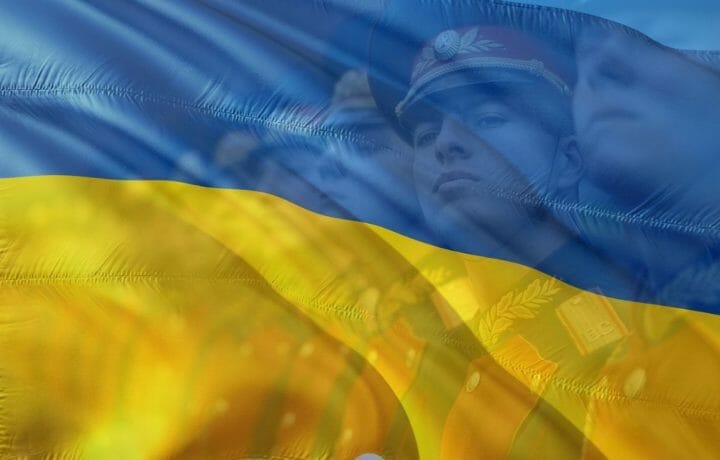Turkish authorities have confirmed that two U.S. Navy warships are set to head into the Black Sea through the Bosphorus straits on Wednesday, April 14 and remain through May 5th. Coincidentally, Ukrainian President Volodymyr Zelenskyy traveled to Istanbul over the weekend for the 10th anniversary of the strategic partnership with Turkey. Zelenskyy’s real objective was to gain support from their southern Black Sea neighbor as tensions between Ukraine and Russia continue to escalate in the eastern Ukrainian region of Donbas.
Joint Ukrainian and Turkish Talks
Zelenskyy stated in a joint news conference with Turkish President Erdogan, “Turkey’s support for the restoration of our sovereignty and territorial integrity is extremely important.” Erdogan stated he hoped the conflict would be resolved peacefully, through dialogue, and that Ukraine’s territorial integrity will be maintained. Erdogan desires “worrying” developments in the Donbas region conclude, stating Turkey is ready to provide any necessary support. “Our main goal is that the Black Sea continues to be a sea of peace, tranquility and cooperation,” Erdogan said.
Kyiv and Ankara appear to have a reason for concern regarding the threat in the Donbas region. Russia continues to build military forces, including additional naval assets along the border with Ukraine. Deutche Welle on Sunday stated Russia denies moving towards war with the Ukraine. However, Russia continues to build troop strength in the area to nearly 100,000 last week.
Russian Robotic Combat Vehicles
Perhaps more worrying is the likely movement of the so-called Russian robotic army to the border. Since robotic army equipment was displayed as early as five years ago at several International Military Technical Forums, the world has become aware of robotic combat vehicles being developed and enhanced by the Russian Military. Some of the equipment was used in Syria, but performance was thought to be poor.
Previously, Vladimir Dmitriev, head of the Kalashnikov Concern stated, “Shortcomings were identified during the tests in Syria.” He further summarized the problems as issues of control, reduced mobility, and unsatisfactory military intelligence and surveillance functions. Reports show that upgraded unmanned firepower was inspected by Defense Minister Sergei Shoigu at the 766th Production and Technological Enterprise near Moscow. There is reason to believe that Ukraine could be a further proving ground for this weaponry.
There are several known robotic vehicles thought to be possibly deployed with the Russian Army on the Ukrainian border.
Uran-9
The Uran-9, which first deployed to the Syrian war, is a tracked unmanned combat ground vehicle (UCGV) developed and produced by Kalashnikov Concern. The system is designed to deliver combined combat, reconnaissance and counter-terrorism units with remote reconnaissance and fire support. The armament consists of a 30 mm autocannon for small, fast, and agile surface and air threats, four anti-tank guided missiles (ATGM) or surface-to-air missiles (SAM), Fire Control System (FCS), infrared (IR) sensor, and laser rangefinder amongst other capability.
Uran-6
Uran-6 is a multi-functional, mine-clearing robotic system. Used for area clearance operations, the demining robot is used in mine reconnaissance, detecting and for removing explosive ordnance and anti-personnel / anti-tank mines. The Uran-6 minimizes risks caused by unexploded ordnance. The robot was first seen at the International Military Technical Forum, held in Russia in September 2016.
Uran-14
Uran-14 multi-purpose unmanned ground vehicle (UGV) is designed to extinguish fires in difficult to reach areas such as burning military warehouses, ammunition dumps, and petrochemical plants. It is also suitable for missions such as breaching and clearing minefields, surveillance, and engineering reconnaissance.
With the alleged usage of unmanned aerial vehicle in previous weeks, it is likely that UCGV and UGVs are in the buildup area, if nothing more than proof of concept and feasibility demonstration after recent upgrades and modifications. Regardless, these types of UCGV deployments will certainly become more prevalent and will change the shape of the modern battlefield.




